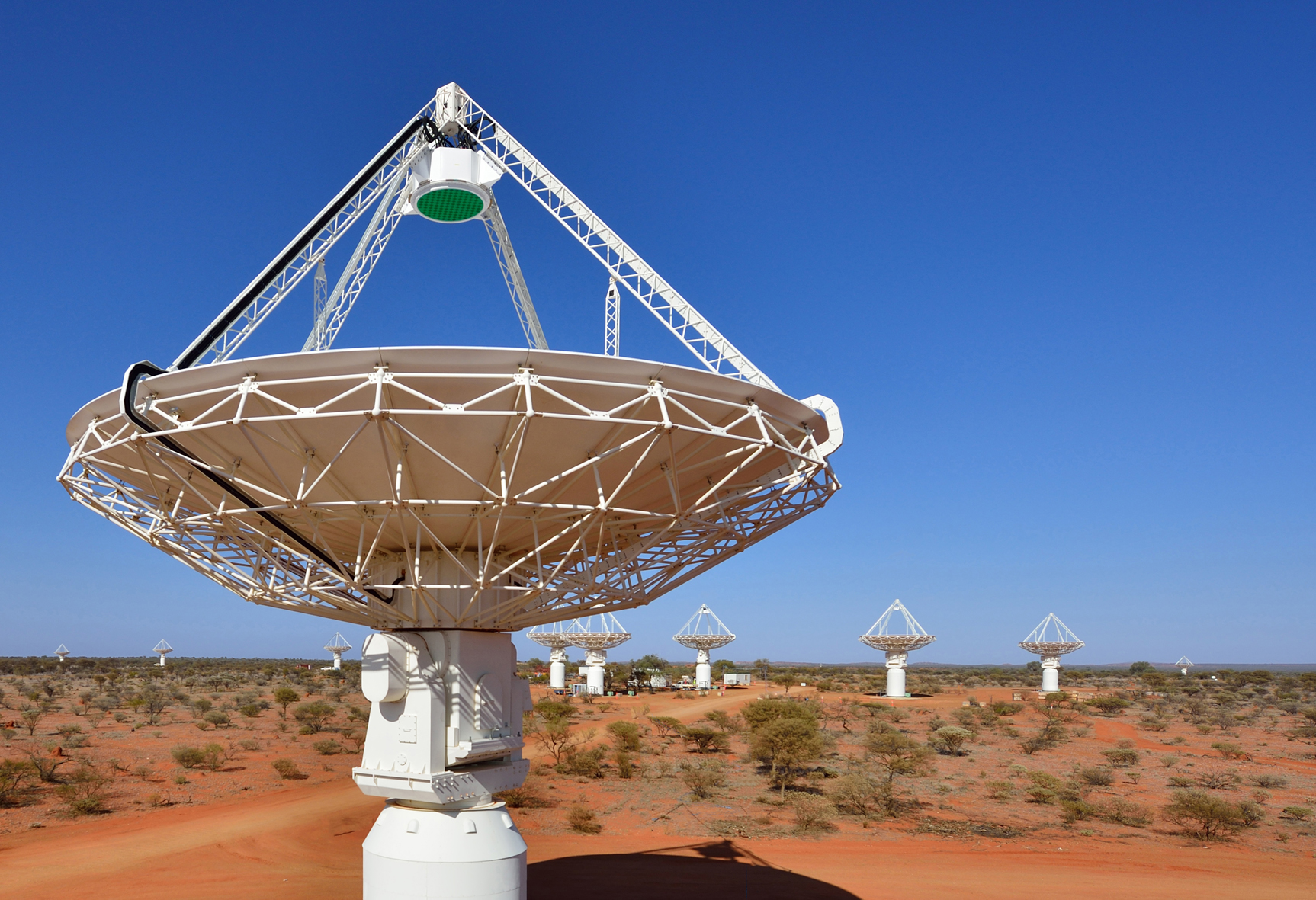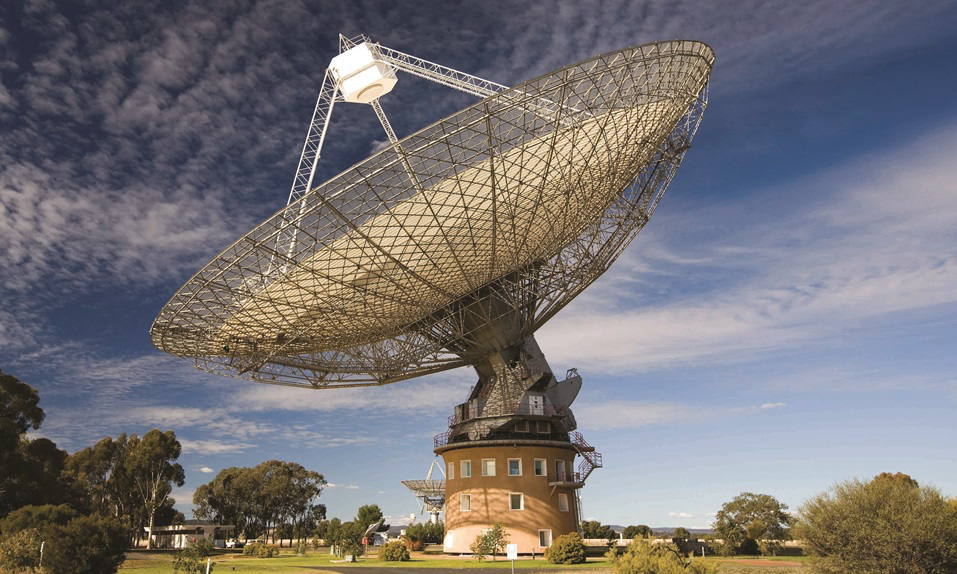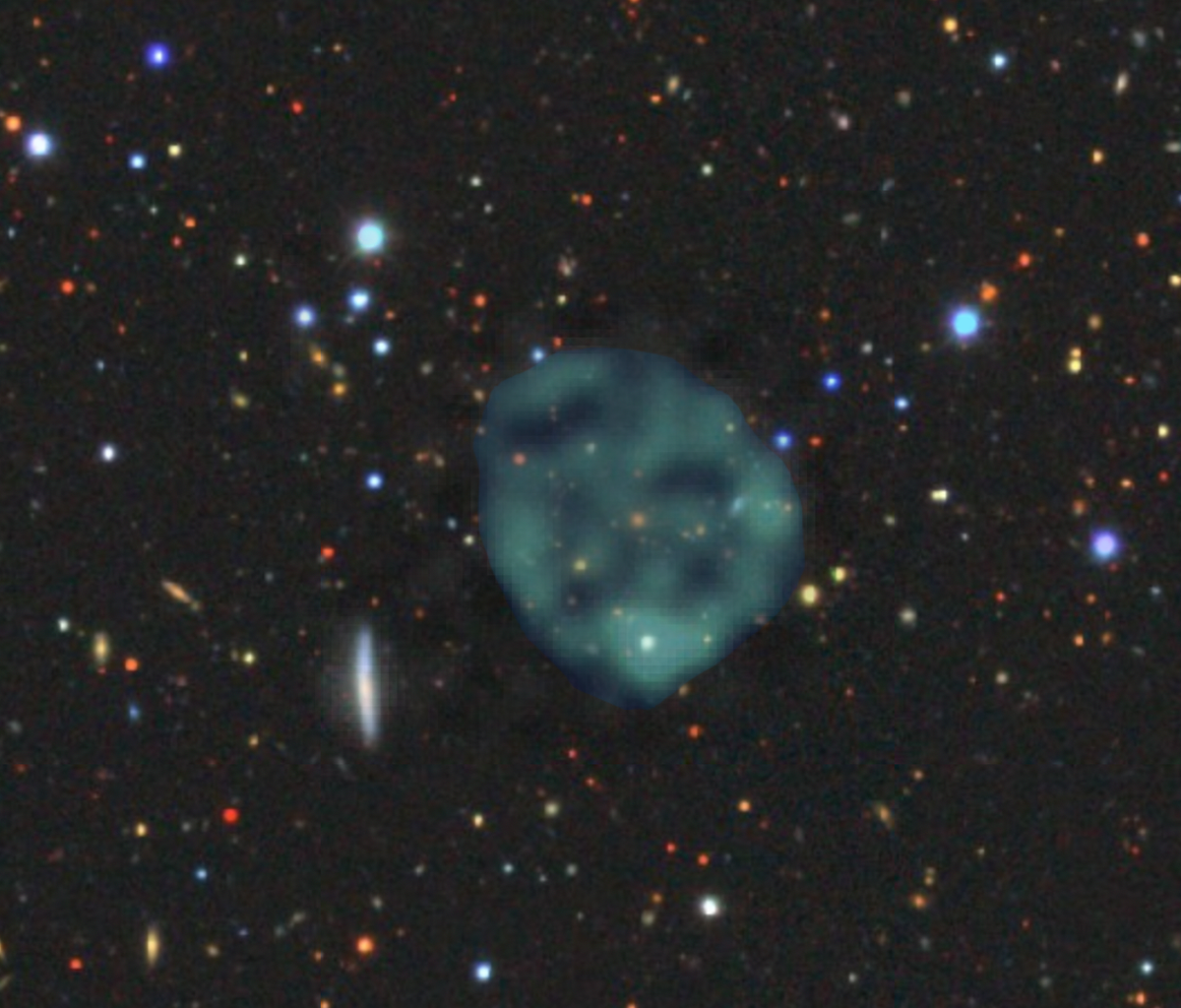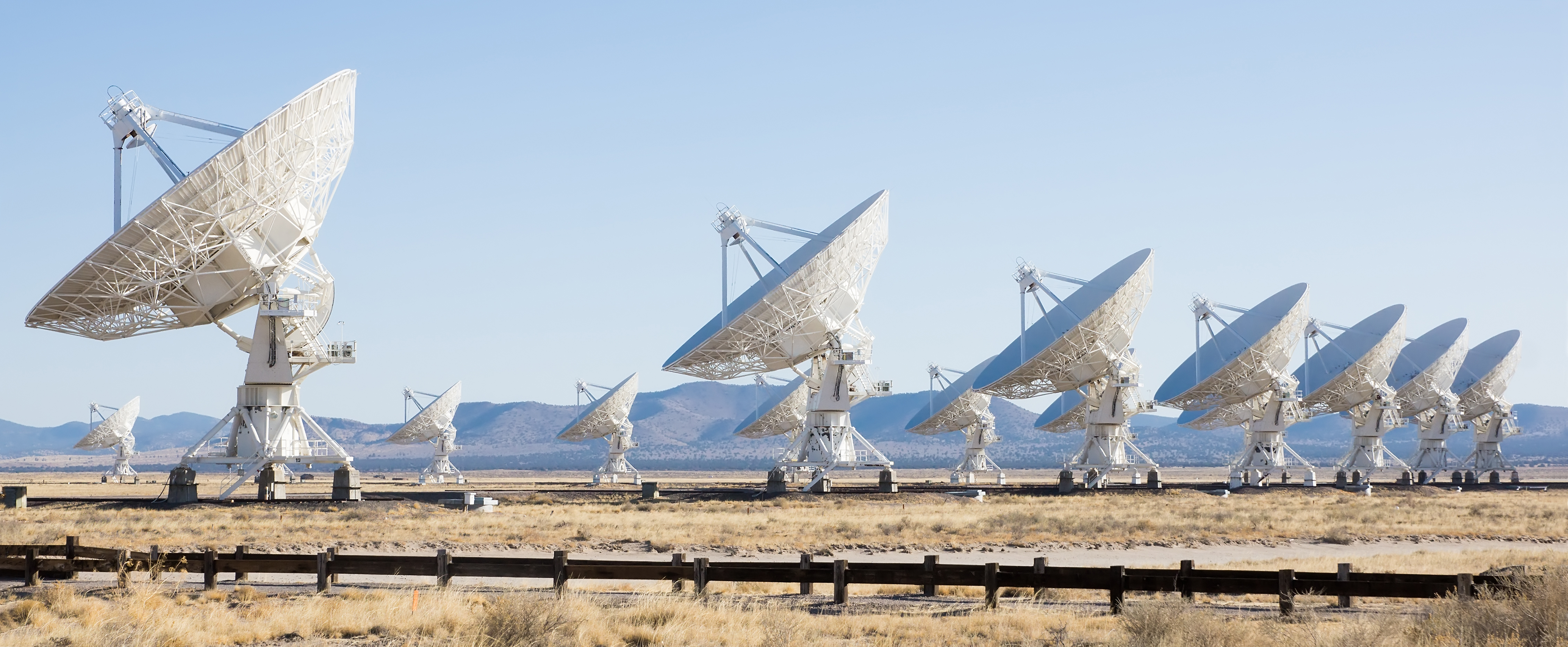
A Quite Strange Radio Signal
Radio astronomy is the discipline in astronomy that uses radio waves instead of light to observe and study the sky. Many objects and phenomena in space emit light, visible or invisible, such as infrared and radio signals. ASKAP (Australian Square Kilometer Array Pathfinder) is a…










